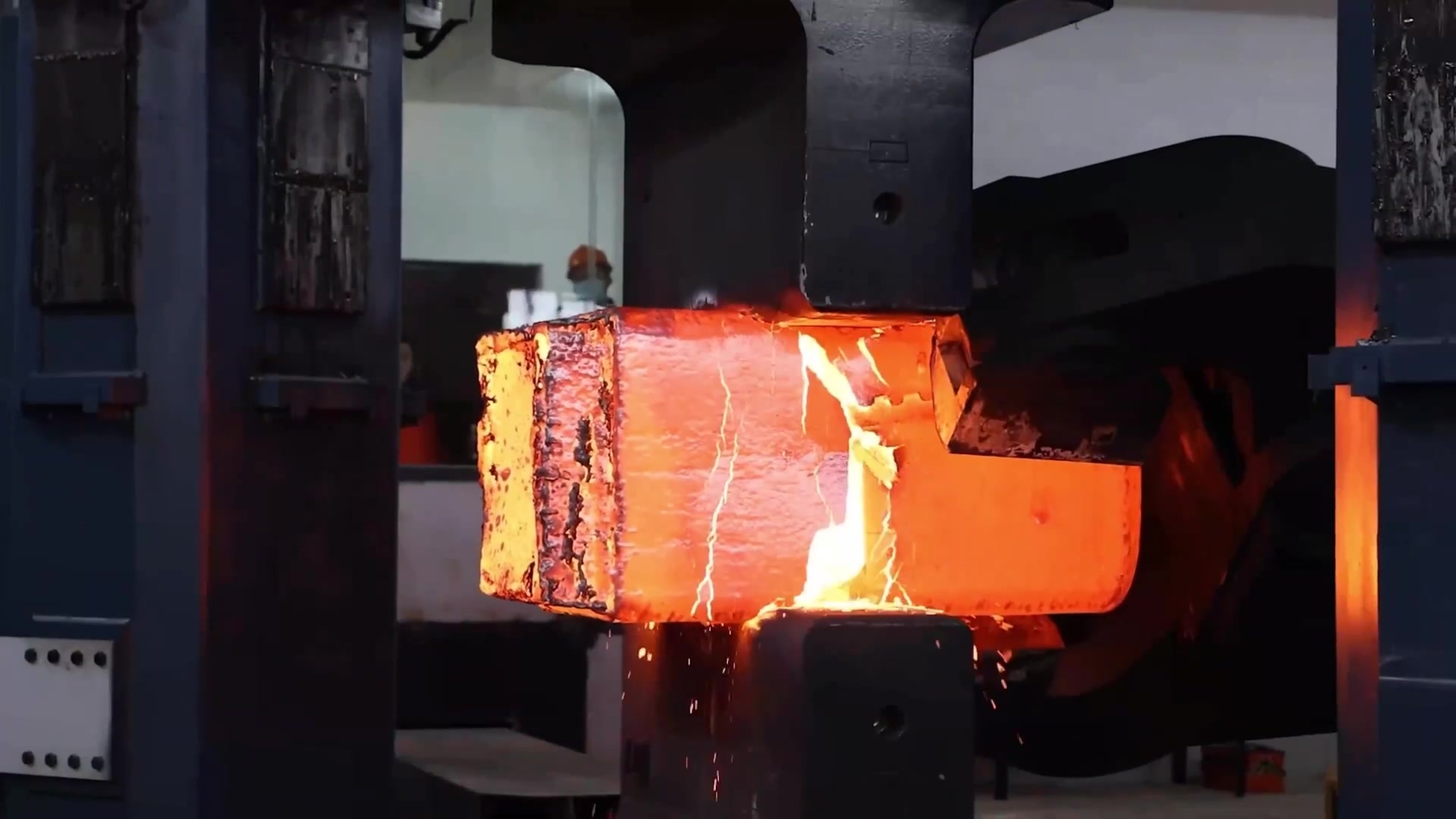Valve body
Category:

Hotline:
Product description
The valve body is an important component of a valve, and its quality and performance directly affect the overall performance of the valve. The following is a detailed introduction to the concept, function, types, and practical applications of valve bodies.
I. Basic Concept of the Valve Body
The valve body is the outer shell of a valve, used to house various components of the valve, such as the valve disc and valve seat. Valve bodies are typically made of metallic or non-metallic materials and have the function of controlling fluid flow.
II. Main Functions of the Valve Body
1. Containment: The internal space of the valve body contains the various components of the valve, ensuring the normal operation of the valve.
2. Fluid Control: Controls the flow of fluid by changing the opening and closing state of the valve.
3. Pressure Resistance: The valve body can withstand the pressure inside the pipe, ensuring the safe operation of the valve and the pipeline.
III. Types of Valve Bodies
According to the material, valve bodies can be divided into cast iron valve bodies, cast steel valve bodies, stainless steel valve bodies, etc. According to the structure, valve bodies can be divided into integral valve bodies and combined valve bodies. Different types and structures of valve bodies are suitable for different working scenarios and fluid media.
IV. Practical Applications of Valve Bodies
Valve bodies are widely used in pipeline systems in the petroleum, chemical, power, and metallurgical industries to control fluid flow. For example, in the petrochemical industry, valve bodies are used to regulate parameters such as fluid pressure, flow rate, and temperature in pipelines to ensure the normal operation of the production process. In the power industry, valve bodies are used to control the flow of steam, water, and other media to ensure the safe operation of generating units.
V. Length of Valve Bodies and Influencing Factors
The length of a valve body varies depending on the type and specifications of the valve. It is generally determined based on factors such as pipe diameter, fluid pressure, and operating requirements. For example, in some large-scale industrial applications, it may be necessary to use longer valve bodies to meet process requirements. In addition, the length of the valve body is also affected by factors such as manufacturing processes and materials.
VI. Summary
As an important component of valves, valve bodies have the functions of containing and controlling fluids. Their type and length vary depending on the application scenario and requirements. In practical applications, valve bodies withstand the pressure within the pipeline, ensuring the safe operation of the valve and pipeline. With the continuous development of the industrial field, the application of valve bodies in various fields will become increasingly widespread.
Other products
I want to consult


